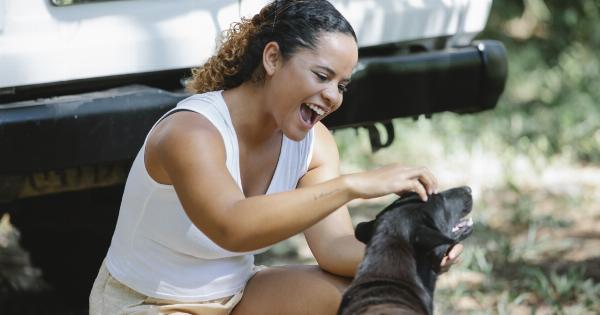A stroke can be debilitating and can cause major changes in a person’s life. During the crucial months following a stroke, it is important for the patient to receive proper care to ensure their best chance of recovery.
There are various aspects of post-stroke care that need to be attended to, which can be broken down into physical, emotional, and lifestyle adjustments. Here’s what to expect during the crucial months after a stroke:.
Physical Care
Physical care is probably the first thing that comes to mind when considering post-stroke care.
Patients who have suffered a stroke may experience a range of physical symptoms, including paralysis on one side of their body, slurred speech, difficulty swallowing or breathing, and loss of coordination or balance. A physiotherapist can help the patient regain strength and function, while an occupational therapist can help them relearn basic daily tasks such as grooming, dressing, and self-care.
Speech and language therapists can help those who have difficulty with speaking or understanding language. Swallowing problems are another common issue after a stroke.
A speech and language therapist can help a patient reduce the risk of choking when eating or drinking, by providing advice on diet and oral hygiene.
It’s important that the patient also receives proper medical care, such as regular check-ups with their GP and any appointments that may be referred for specialist care.
Blood pressure control, cholesterol management, and prevention of recurrent strokes will also be key to ongoing health management.
Emotional Care
The emotional effects of having a stroke can be just as concerning as the physical symptoms. It can be a traumatic experience, potentially leading to depression, anxiety, and post-traumatic stress disorder (PTSD).
Emotional care during the crucial months after a stroke is critical to the patient’s mental well-being and ongoing recovery.
A psychologist or a counselor can help the patient and their family come to terms with their new situation. Group therapy or support groups can also help the patient connect with others who are going through similar experiences.
Given the social isolation and stress of the COVID-19 pandemic, virtual support groups may be an ideal option during these crucial months.
Lifestyle Adjustments
After a stroke, it may be necessary to make changes to the patient’s lifestyle.
This could involve modifying the home environment, such as installing grab bars in the bathroom, providing mobility aids, or making changes in home or car design and accessibility. Many stroke survivors find it helpful to have physical therapy at home, as well as assistance with meal preparation, shopping, and other domestic tasks.
It’s important to remain physically active after a stroke. Physical activity can help the patient recover and also reduce the risk of future stroke. The American Stroke Association recommends at least 150 minutes of moderate exercise per week.
This could be light activities such as walking, gardening, or swimming.
Another important lifestyle adjustment is to make changes in the diet and reduce the intake of alcohol and other stimulants, especially if the patient has high blood pressure or type 2 diabetes.
A stroke may increase the risk of developing cognitive changes that can impact on health outcomes. To mitigate this risk, it’s important to emphasize good nutrition and cognitive stimulation.
Remember that healthy lifestyle changes aren’t just about reducing the risk of stroke, but they can be the first steps in increasing the overall lifespan and quality of the patient’s life.
Conclusion
Having a stroke can be a life-changing event, but with the right care, many patients can recover and achieve a good quality of life.
During the crucial months after a stroke, it’s important to prioritize physical and emotional care, as well as modifying the patient’s lifestyle. Post-stroke care may seem overwhelming, but with proper medical and emotional support, patients can regain independence and learn to enjoy life again.































